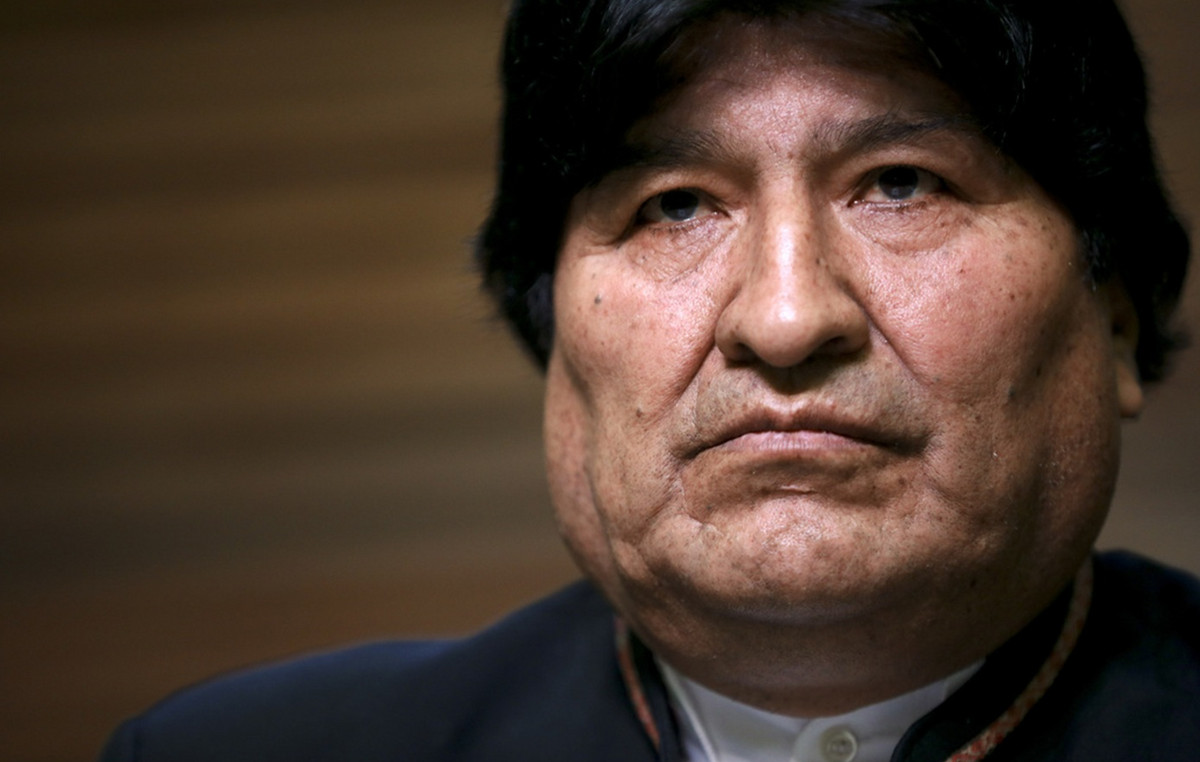- The Indian Rupee falls in the Asian session on Thursday.
- Higher oil prices and persistent outflows weigh on the INR, but a weaker USD and RBI intervention could limit its decline.
- Investors look to the December US Retail Sales releases and weekly Initial Jobless Claims on Thursday for further impetus.
The Indian Rupee (INR) is trading in negative territory on Thursday. A rise in crude oil prices puts some selling pressure on the local currency as India relies on foreign suppliers for almost 90% of its oil consumption. Furthermore, continued outflows of foreign investors and concerns over India’s economic slowdown are contributing to the decline in the INR.
However, colder-than-expected US inflation data raises bets that the US Federal Reserve (Fed) could cut interest rates twice this year. This, in turn, could weigh on the US Dollar (USD) and support the INR. Routine intervention by the Reserve Bank of India (RBI) also helps limit local currency losses. India’s central bank has regularly intervened to prop up the currency, burning through nearly $70 billion of its foreign reserves since they hit a record $705 billion in September 2024. Investors prepare for US Retail Sales . for December and weekly initial jobless claims, which will be released later on Thursday.
Indian Rupee Remains Vulnerable Amid Rising Crude Oil Prices and Foreign Fund Outflows
- India’s economy is expected to become the world’s fourth largest by 2026, overtaking Japan, according to the PHDCCI on Wednesday. The country’s GDP is projected to grow 6.8% in the current fiscal year ending March and 7.7% in FY26.
- India’s trade deficit narrowed to $21.94 billion in December from $37.84 billion in November, led by a sharp drop in gold and oil import bills, according to data released by the Ministry of Commerce and Industry on Wednesday.
- The US Consumer Price Index (CPI) rose 2.9% year over year in December, compared to 2.7% in November, according to the Bureau of Labor Statistics on Thursday. This reading was in line with market expectations.
- The US core CPI, which excludes volatile food and energy prices, rose 3.2% year-on-year in December, below the previous reading and the market consensus of 3.3%.
- According to the Fed’s Beige Book survey released Wednesday, economic activity increased “slightly to moderately” across the U.S. in late November and December, supported by strong holiday sales.
USD/INR paints positive picture, overbought RSI warrants caution for short-term bulls
The Indian Rupee weakens on the day. The bullish outlook for the USD/INR pair prevails as the price has formed higher highs and higher lows while holding above the 100-day exponential moving average (EMA) on the daily chart. However, further consolidation cannot be ruled out in the short term as the 14-day Relative Strength Index (RSI) moves beyond the 70.00 mark. This suggests an overbought condition and warrants some caution for the bulls.
The first upside barrier for USD/INR emerges at an all-time high of 86.69. Extended gains could see a rally towards the psychological level of 87.00.
On the other hand, the initial downward objective to observe is 86.12, the minimum of January 13. Any additional selling below this level could pave the way towards 85.85, the January 10 low. The next level of containment is seen at 85.65, the January 7 low.
Indian Rupee FAQs
The Indian Rupee (INR) is one of the currencies most sensitive to external factors. The price of crude oil (the country relies heavily on imported oil), the value of the US Dollar (most trade is done in US dollars), and the level of foreign investment are all influential factors. The direct intervention of the Reserve Bank of India (RBI) in the foreign exchange markets to keep the exchange rate stable as well as the level of interest rates set by the RBI are other important factors influencing the Rupee. .
The Reserve Bank of India (RBI) actively intervenes in foreign exchange markets to maintain a stable exchange rate and help facilitate trade. Furthermore, the RBI tries to keep the inflation rate at its target of 4% by adjusting interest rates. Higher interest rates tend to strengthen the Rupee. This is due to the role of the “carry trade”, in which investors borrow in countries with lower interest rates to park their money in countries that offer relatively higher interest rates and profit from the difference.
Macroeconomic factors that influence the value of the Rupee include inflation, interest rates, economic growth rate (GDP), trade balance and foreign investment inflows. A higher growth rate can lead to more investment abroad, increasing demand for the Rupee. A less negative trade balance will eventually lead to a stronger Rupee. Higher interest rates, especially real rates (interest rates minus inflation) are also positive for the Rupee. A risk environment can lead to higher inflows of foreign direct and indirect investment (FDI and FII), which also benefit the Rupee.
Higher inflation, particularly if it is comparatively higher than other countries, is generally negative for the currency as it reflects a devaluation through excess supply. Inflation also increases the cost of exports, leading to more rupees being sold to buy foreign imports, which is negative for the Indian Rupee. At the same time, higher inflation usually leads the Reserve Bank of India (RBI) to raise interest rates and this can be positive for the Rupee, due to increased demand from international investors. The opposite effect applies to lower inflation.
Source: Fx Street
I am Joshua Winder, a senior-level journalist and editor at World Stock Market. I specialize in covering news related to the stock market and economic trends. With more than 8 years of experience in this field, I have become an expert in financial reporting.







